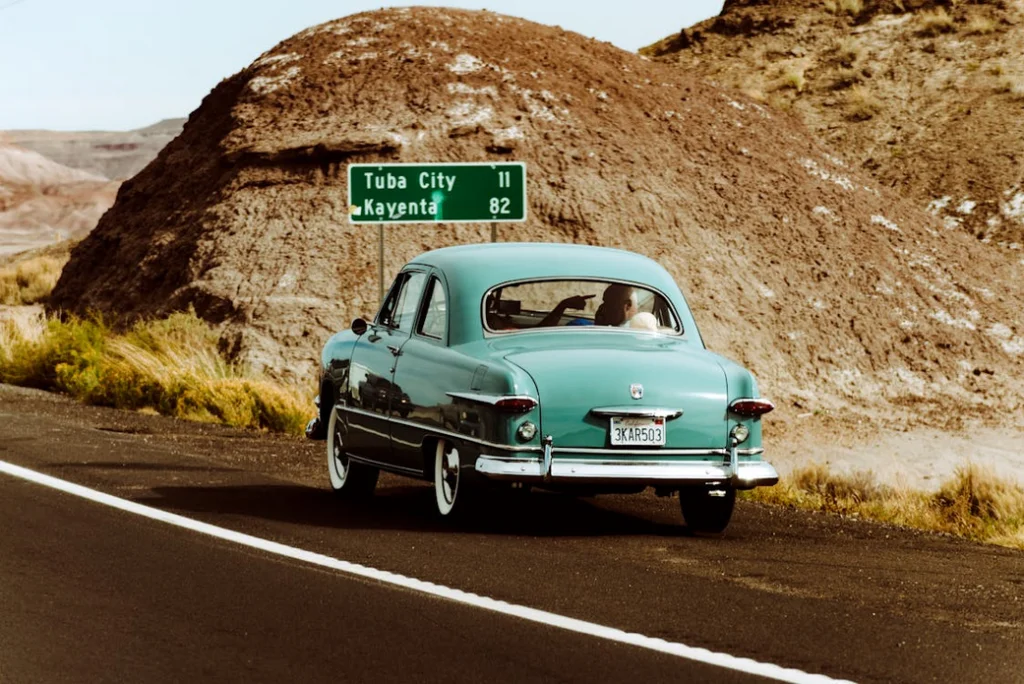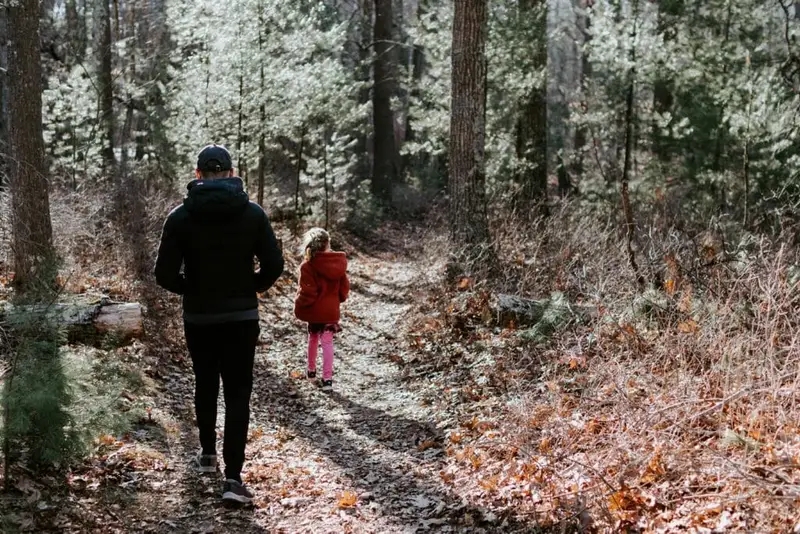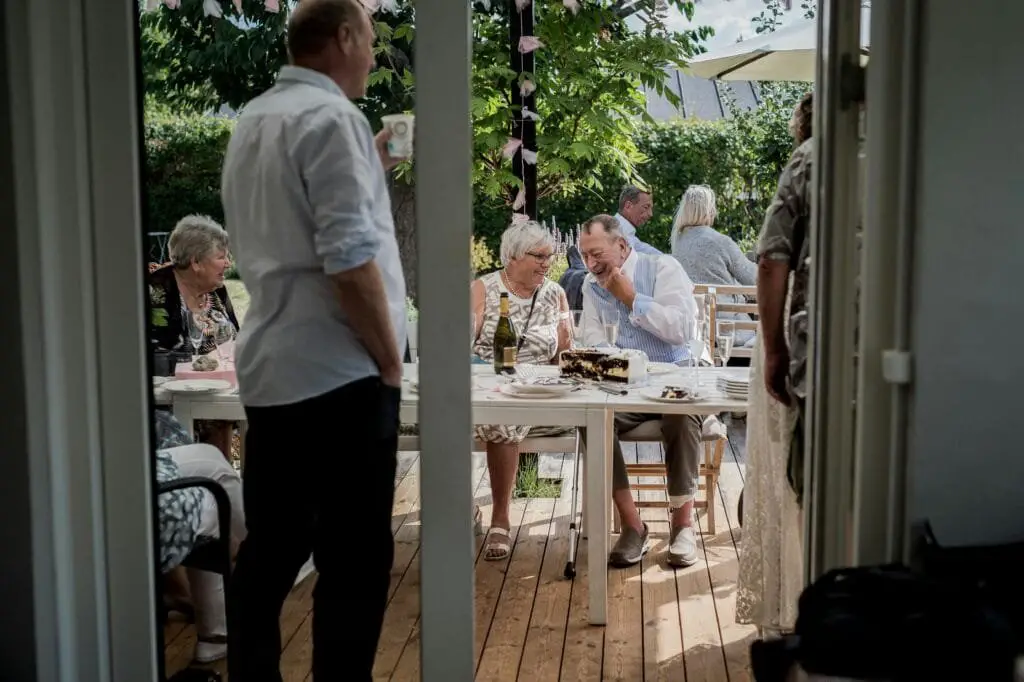1. My Mother the Car

This show followed a man whose deceased mother is reincarnated as a talking 1928 Porter automobile. Each episode had him trying to protect or hide the fact that his mother was now a car, while also listening to her advice on his daily life. It was meant to be a heartfelt comedy, but most audiences just found it bizarre.
Today, a network would probably think twice before pitching a sitcom about a reincarnated parent in the form of a vehicle. The premise, while oddly charming in its own way, would likely be dismissed as too strange or even a parody. Still, it’s remembered as one of the most unusual sitcom ideas of the ’60s.
2. Mister Ed
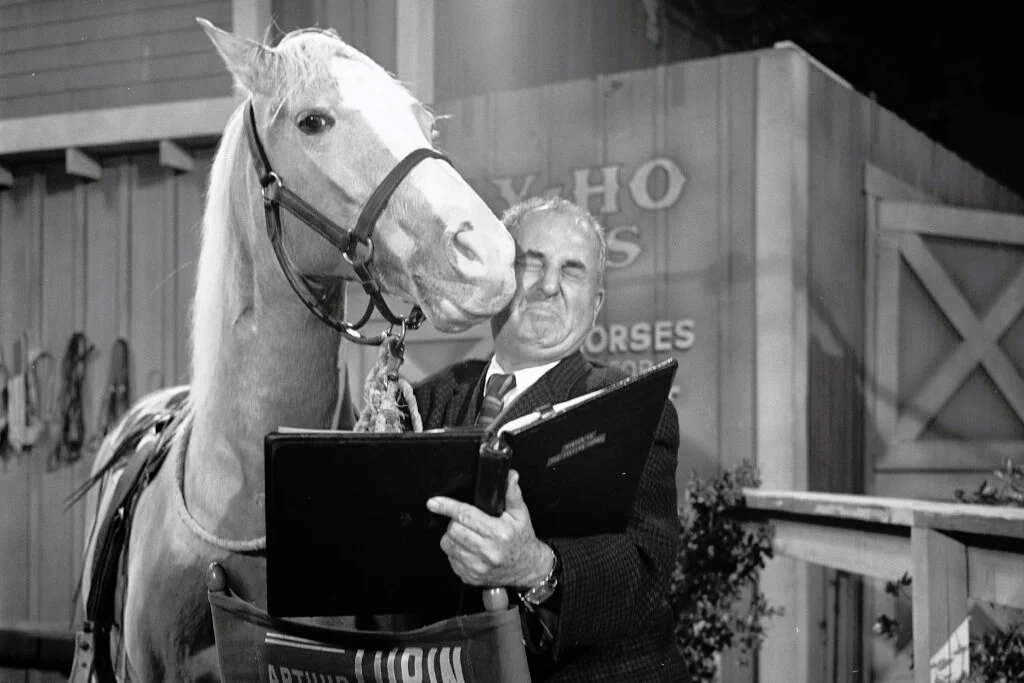
The star of this sitcom was a talking horse who only spoke to his owner, Wilbur. Every week, Mister Ed got into mischief, offered advice, or created chaos, while Wilbur tried to convince everyone else that the horse was just a regular animal. The show became surprisingly popular despite its absurd setup.
Nowadays, the idea of building a whole series around a talking horse would feel more at home in children’s programming than in primetime. But in the ’60s, families tuned in regularly, proving that television audiences had a real appetite for lighthearted nonsense.
3. Bewitched
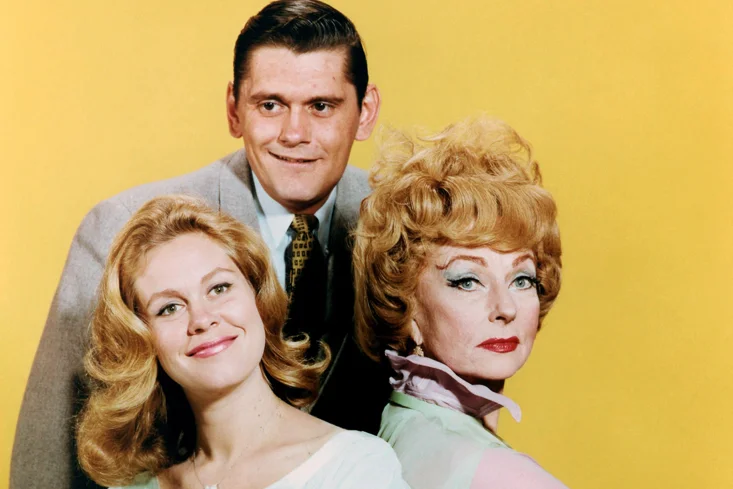
This sitcom centered on a suburban housewife, Samantha, who happened to be a witch trying to live a normal life with her mortal husband. She struggled with hiding her magical powers, especially when her eccentric witch relatives popped in and made things worse. The comedy often relied on secret-keeping and magical mishaps.
If it premiered today, the premise might raise questions about gender roles, since Samantha was constantly expected to suppress her true identity for her husband’s comfort. Still, it remains a beloved classic, even if the central setup might feel dated in a modern context.
4. Gilligan’s Island
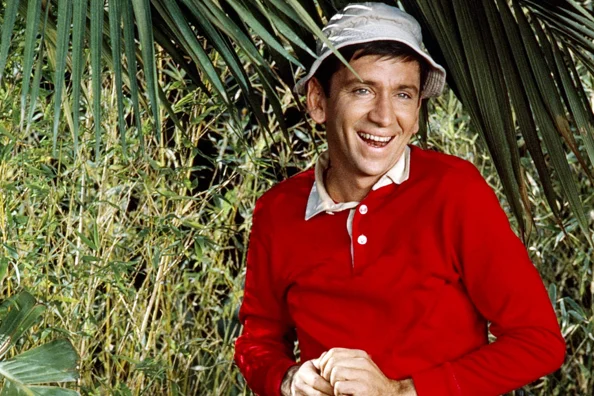
Seven castaways stuck on a deserted island, building bamboo contraptions and somehow surviving endless misadventures, became a staple of ’60s TV. Each week, rescue seemed almost within reach, only to slip away due to Gilligan’s clumsiness. The show leaned heavily into slapstick humor.
Modern audiences might struggle with the far-fetched survival elements, not to mention the stereotypes each character represented. In today’s era of realism-driven television, the idea of a professor building radios out of coconuts would likely be played strictly for satire.
5. I Dream of Jeannie
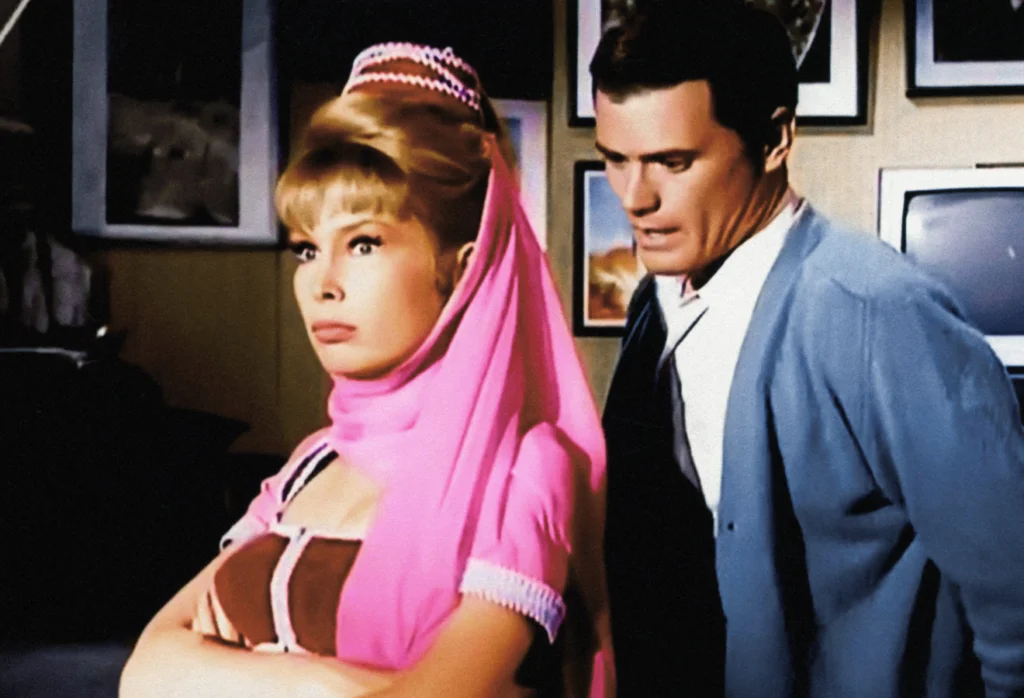
A NASA astronaut discovers a genie in a bottle and brings her home, where she falls in love with him and uses her powers to help—or more often complicate—his life. Much like Bewitched, the humor revolved around keeping her abilities secret. It also leaned into romantic comedy, with Jeannie constantly trying to win over her “master.”
In today’s world, the idea of a genie calling an astronaut her master would definitely not fly. The gender dynamics feel outdated, even if the magical hijinks were entertaining. That said, it still has a nostalgic charm.
6. The Flying Nun
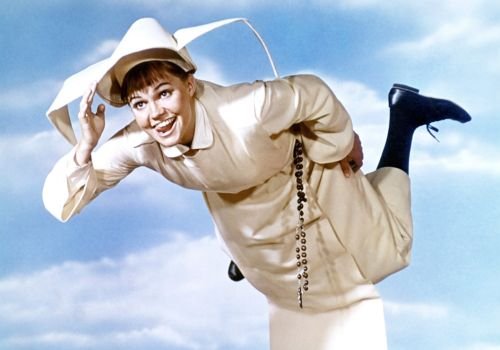
Sally Field starred as Sister Bertrille, a nun who, thanks to her lightweight frame and heavily starched habit, could literally fly. The series followed her trying to use this unusual ability to help people, while still remaining true to her religious duties. It blended whimsy with faith-based comedy.
It’s hard to imagine a show today treating that premise with a straight face. Religious satire tends to spark controversy, and a flying nun might be seen as disrespectful rather than lighthearted. Back then, though, it was family-friendly fun that made Field a star.
7. Green Acres
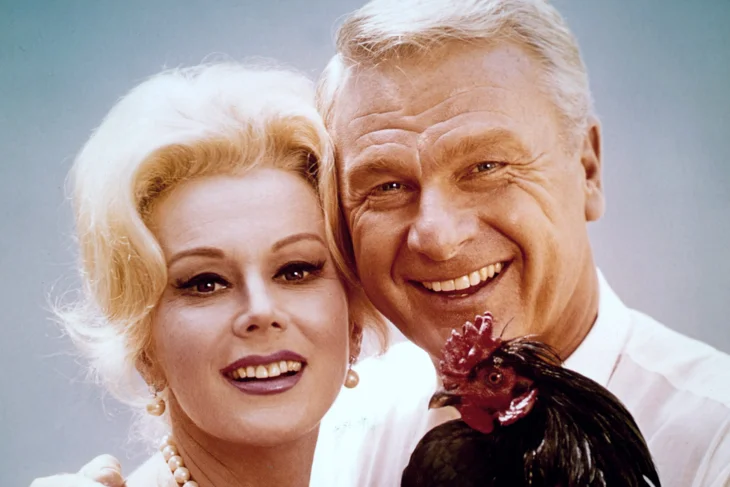
A wealthy New York couple moves to the countryside to live a “simple” farm life, even though neither of them has any clue how farming works. The humor came from their clashes with eccentric neighbors and their complete lack of self-sufficiency. The show leaned into absurdist comedy more than realism.
While fish-out-of-water comedies still exist, the surreal tone of Green Acres made it stand out. Talking animals, dreamlike scenarios, and meta humor were sprinkled in, making it more experimental than most people remember. Today, its quirkiness would likely confuse mainstream audiences.
8. It’s About Time
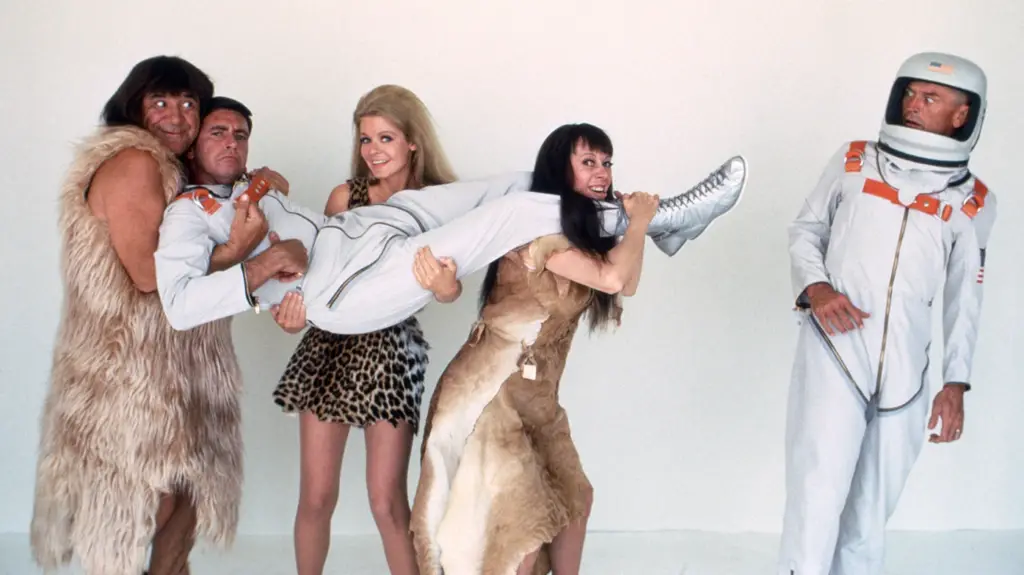
This short-lived sitcom followed two astronauts who accidentally traveled back in time and ended up living with cavemen. The culture clash between modern men and primitive tribes made up most of the jokes. Later, the show bizarrely reversed the setup, bringing the cavemen into the astronauts’ modern world.
The concept was too strange to sustain, even in the ’60s. Today, the idea of astronauts hanging out with cavemen would likely be seen as a parody sketch rather than a full series. It remains one of the more forgotten TV oddities of the decade.
9. The Addams Family
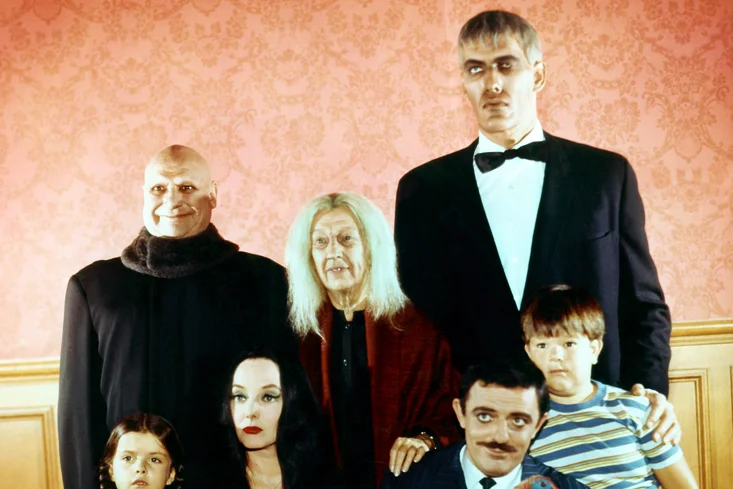
A wealthy family of oddballs lived in a spooky mansion filled with bizarre inventions, a disembodied hand, and plenty of macabre humor. Unlike traditional sitcom families, the Addamses embraced the weird and creepy with pride. The show turned gothic eccentricity into weekly comedy.
While the show is beloved today, its premise was unusual for its time, going against the wholesome, suburban norm of ’60s TV. A darkly comedic family who found joy in the macabre was risky then, and even now, it might be too offbeat for network primetime.
10. Camp Runamuck

This summer camp comedy followed a group of rowdy boys, their bumbling counselors, and a rival girls’ camp across the lake. Most episodes were full of pranks, hijinks, and exaggerated silliness. It was intended to capture the carefree energy of summer fun.
Today, the show might raise eyebrows for how loosely it handled supervision and responsibility. The antics often went beyond harmless pranks, and some humor hasn’t aged well. Still, it’s remembered as a quirky snapshot of what TV once considered good fun.
11. The Munsters
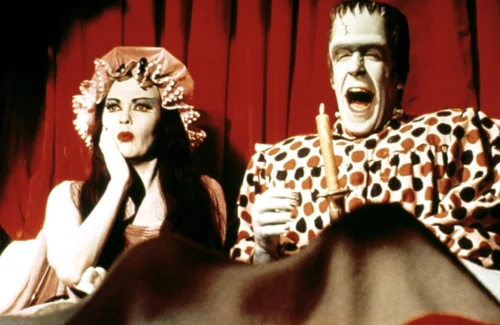
This sitcom followed a family of monsters who were unaware of how strange they seemed to outsiders. Herman looked like Frankenstein’s monster, Lily resembled a vampire, and Grandpa was a Dracula-like figure. Despite their spooky appearance, they were a wholesome, loving family.
The idea of blending horror tropes with family comedy was unique for the time. Today, such a premise might be geared more toward children’s programming than a primetime network slot. Still, the show has endured as a cult classic.
12. Hogan’s Heroes
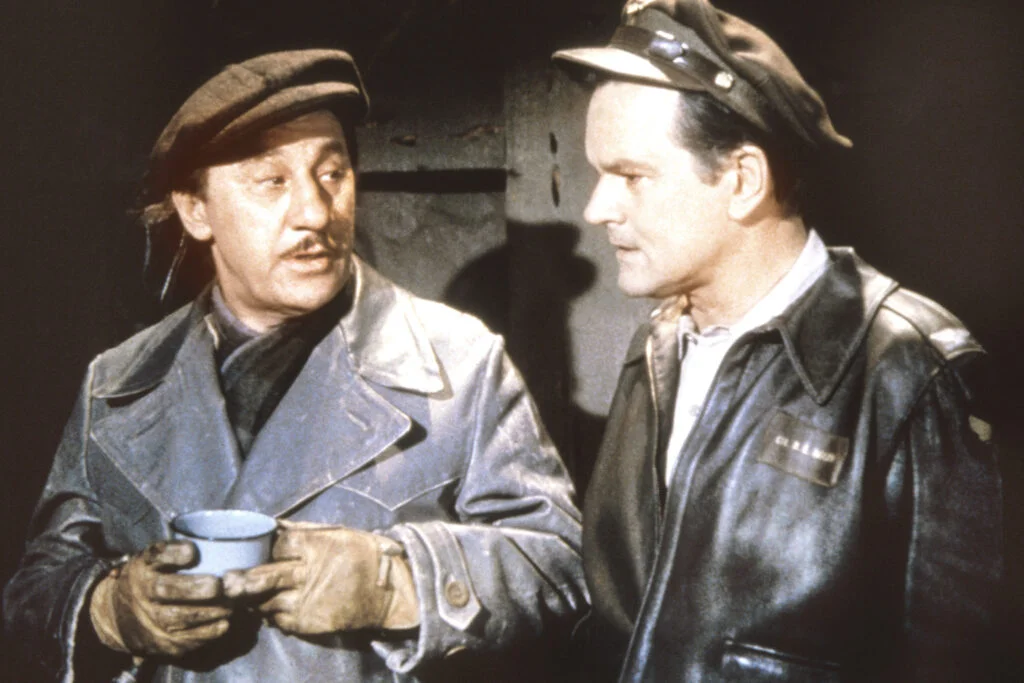
Set in a German POW camp during World War II, this sitcom somehow turned wartime captivity into comedy. The American prisoners outsmarted their bumbling captors in each episode, often using the camp as a base for secret missions. The tone was surprisingly lighthearted for such a dark setting.
Today, the idea of making a sitcom about a Nazi prison camp would spark outrage. It’s hard to imagine audiences finding humor in that premise now. Yet in the ’60s, it ran for six seasons and became a strange part of television history.

